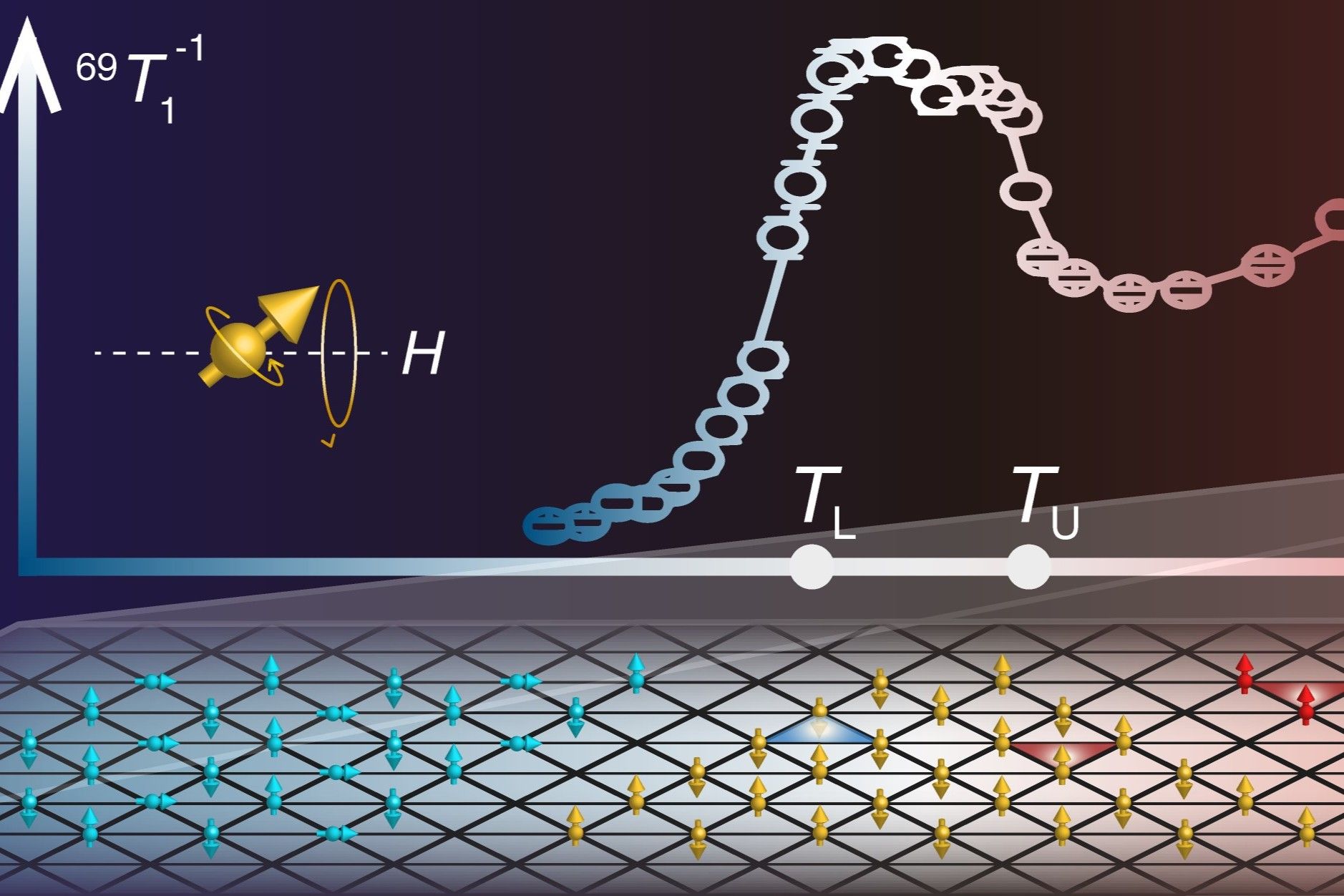
What is the Kosterlitz-Thouless Transition? The Kosterlitz-Thouless Transition is a fascinating phenomenon in physics where a two-dimensional system undergoes a phase change without the typical order seen in three-dimensional systems. Named after physicists J. Michael Kosterlitz and David Thouless, this transition involves the binding and unbinding of vortex pairs in thin films, like superfluids or superconductors. Unlike traditional phase transitions, it doesn't involve a change in symmetry but rather a topological shift. This discovery earned Kosterlitz and Thouless the Nobel Prize in Physics in 2016. Understanding this transition helps scientists grasp the behavior of low-dimensional materials, which has implications for future technologies.
What is the Kosterlitz-Thouless Transition?
The Kosterlitz-Thouless Transition (KT transition) is a fascinating phenomenon in the world of physics. It describes a phase transition in two-dimensional systems with a continuous symmetry. This transition is named after J. Michael Kosterlitz and David J. Thouless, who first described it in the early 1970s. Let's dive into some intriguing facts about this transition.
-
The KT transition occurs in two-dimensional systems, making it unique compared to other phase transitions typically observed in three-dimensional systems.
-
It involves the unbinding of vortex-antivortex pairs, which are topological defects in the system.
-
The transition is characterized by a change from a low-temperature phase with bound vortex pairs to a high-temperature phase with free vortices.
-
Kosterlitz and Thouless were awarded the Nobel Prize in Physics in 2016 for their work on this transition.
-
The KT transition is a type of topological phase transition, which means it involves changes in the topological properties of the system rather than its symmetry.
How Does the KT Transition Work?
Understanding the mechanics behind the KT transition can be quite complex, but here are some simplified facts to help explain it.
-
At low temperatures, vortex-antivortex pairs are tightly bound together, preventing them from moving freely.
-
As the temperature increases, these pairs gain enough energy to unbind, leading to a proliferation of free vortices.
-
The transition temperature, known as the Kosterlitz-Thouless temperature, is the point at which this unbinding occurs.
-
The KT transition does not involve a change in the system's symmetry, unlike many other phase transitions.
-
Instead, it involves a change in the correlation function, which describes how the properties of one part of the system relate to another part.
Applications of the KT Transition
The KT transition isn't just a theoretical concept; it has practical applications in various fields of science and technology.
-
It plays a crucial role in understanding the behavior of thin superconducting films.
-
The transition is also important in the study of two-dimensional superfluids, such as helium films.
-
Researchers use the KT transition to study the behavior of certain types of magnets, known as XY magnets.
-
It has applications in the field of quantum computing, particularly in the design of topological qubits.
-
The KT transition helps in understanding the behavior of certain types of biological membranes.
Experimental Observations of the KT Transition
Observing the KT transition in experiments provides valuable insights into its properties and behavior.
-
The transition has been observed in thin films of superfluid helium-4.
-
It has also been seen in superconducting films, where it affects the film's resistance.
-
Researchers have observed the KT transition in two-dimensional electron systems, such as those found in semiconductor heterostructures.
-
The transition has been detected in certain types of magnetic films, providing insights into their magnetic properties.
-
Experimental observations of the KT transition often involve measuring changes in the system's correlation function.
Theoretical Implications of the KT Transition
The KT transition has significant theoretical implications, influencing various areas of physics.
-
It has led to the development of new mathematical techniques for studying phase transitions.
-
The transition has provided insights into the behavior of other types of topological phase transitions.
-
It has influenced the study of critical phenomena, which are the behaviors of systems near phase transitions.
-
The KT transition has contributed to the understanding of low-dimensional systems, which behave differently from their three-dimensional counterparts.
-
The work of Kosterlitz and Thouless has inspired further research into topological phases of matter, leading to new discoveries in condensed matter physics.
The Big Picture
The Kosterlitz-Thouless transition is a fascinating concept in physics that has reshaped our understanding of phase transitions. Named after David Thouless and Michael Kosterlitz, this theory explains how certain materials change states without the usual symmetry-breaking. Instead, it involves the binding and unbinding of vortex pairs in two-dimensional systems. This discovery has implications in fields like superconductivity, superfluidity, and even cosmology.
Understanding this transition helps scientists develop new technologies and materials. It also earned Kosterlitz and Thouless the Nobel Prize in Physics in 2016, highlighting its importance. So, next time you hear about phase transitions, remember there's more than just melting ice or boiling water. The Kosterlitz-Thouless transition adds a whole new layer to the story, showing how complex and intriguing our universe can be.
Was this page helpful?
Our commitment to delivering trustworthy and engaging content is at the heart of what we do. Each fact on our site is contributed by real users like you, bringing a wealth of diverse insights and information. To ensure the highest standards of accuracy and reliability, our dedicated editors meticulously review each submission. This process guarantees that the facts we share are not only fascinating but also credible. Trust in our commitment to quality and authenticity as you explore and learn with us.
